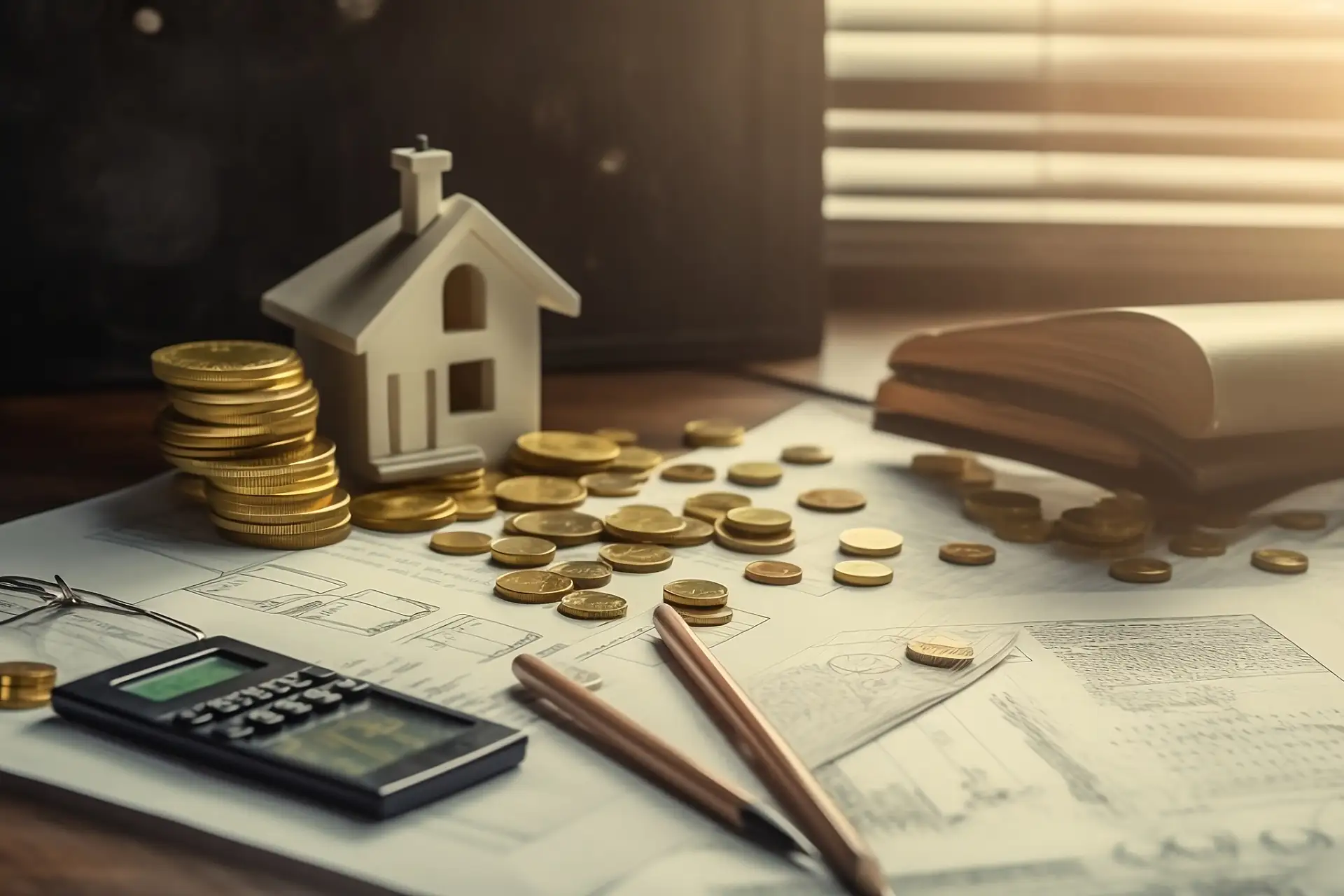
Last updated on February 20th, 2024
The New York Fiscal Year 2024 budget was worth the wait for construction businesses thanks to over $23 billion for infrastructure and capital projects across the state. At the same time, the budget makes history with the most progressive legislation on building decarbonization, continuing to incentivize the move to sustainable buildings with climate-friendly, clean, and affordable energy and complimenting certain Inflation Reduction Act tax deductions and credits.
On May 2, New York’s Fiscal Year budget was approved. While a housing compact that would have resulted in 800,000 housing units being built didn’t make it across the finish line, the budget does include $23.2 billion for capital projects that touch a variety of industries and fields.
The New York Department of Transportation’s five-year plan enters its second year with more than $7 billion budgeted for road and bridge projects.
State and City University of New York (SUNY and CUNY) campuses will see $2.4 billion in transformations, preservation and upgrades including building envelope, interior, electrical, HVAC and utility projects.
Design options for a new Wadsworth Public Health Laboratory for research in Albany will be funded with $1.7 billion so lab operations currently handled in several locations can be consolidated into one.
In addition, $1 billion is budgeted for healthcare capital projects; $890 million for mental health housing; $500 million for clean water projects; $446 million for the third phase of the Hunts Point Interstate Access Improvement project; $224 million for a seawall project on the South Shore of Staten Island; $135 million for New York City Housing Authority projects; $105 million for State Emergency Operations Center upgrades; $100 million for a State Police satellite crime lab; $51 million for Hudson Valley bridge replacements and rehabilitations; $50 million for a Homeowner Stabilization Fund to finance home repairs in 10 communities; $17.5 million to design and construct the Mamaroneck and Sheldrake River Flood Risk Management project; and more.
The new budget also makes New York the first state to advance comprehensive legislation for zero-emissions for new buildings and homes seven stories and under starting December 31, 2025, and all new buildings by December 31, 2028 (there are some exceptions and exemptions).
What’s more, $200 million is allocated to the NYSERDA EmPower Plus Home Retrofits Program to help 20,000 low-income families retrofit homes with insulation, energy efficient appliances, and clean energy solutions. Another $200 million is set aside for critical infrastructure projects at New York Parks.
This comes on the heels of the Inflation Reduction Act’s January 1, 2023 effective date for 179D Commercial Buildings Energy Efficiency Tax Deduction enhancements and new 45L tax credits for homebuilders.
For 179D, when prevailing wage and apprenticeship requirements are met and a building reduces annual energy and power costs by at least 25%, there is a $2.50 square foot deduction. For each additional percentage that annual energy and power costs are reduced, the deduction increases by $.10, up to $5.00/square foot (up from $1.88/square foot in 2022). The deduction is available every three years for commercial buildings; every four for municipalities, tribal governments, and non-profits. What’s more, municipalities, tribal governments, and non-profits can allocate to the deduction to the person/people who create the energy-efficient commercial building property installation technical specifications.
For IRC Sec 45L, there are two tiers of credits – $1,000 or $5,000 – for eligible new or substantially reconstructed homes and dwelling units (that are part of a building) that meet certain ENERGY STAR and Department of Energy Zero Energy Ready Home (ZERH) program requirements. The credit is available for homes/dwellings acquired after December 31, 2022 through December 31, 2033. (For details, visit 45L Tax Credits for Zero Energy Ready Homes at Energy.gov.)
Between state and Federal efforts, one thing is clear: a lot of opportunities exist – and undoubtedly there will be more to come – for construction companies and builders that embrace clean energy and climate-friendly practices and materials.
